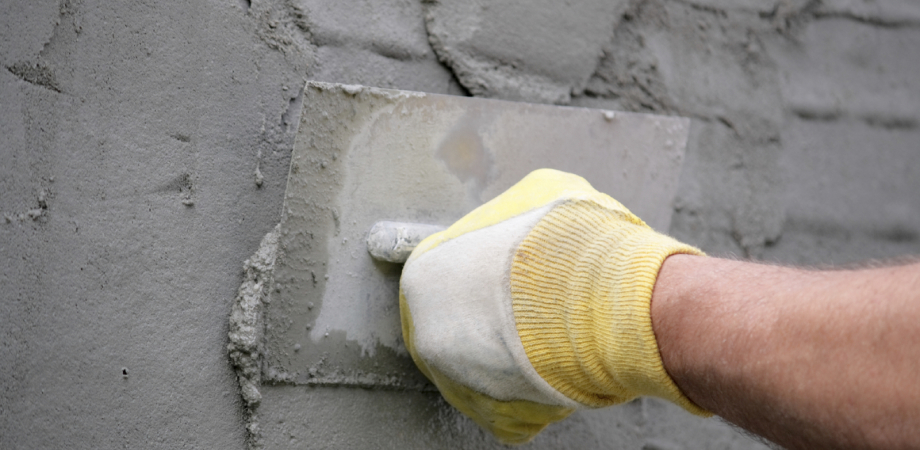
Condensation
(taken form the PCA website)
The most common form of unwanted dampness in buildings is water from the air that forms as condensation.
The air in buildings can have a high level of relative humidity due to the activity of the occupants (e.g. cooking, drying clothes, breathing etc.). When this water laden air comes into contact with cold surfaces such as windows and cold walls it can condense, causing water to be deposited. The point at which the water held in the air changes from vapour to liquid is known as the dew point.
Condensation is often associated with poor heating and ventilation in buildings, but this simple view can be misleading. Condensation is chiefly a winter problem, as the external air temperature is low and external walls and windows are cold. The usual sequence of events is as follows:
- Cold air enters the building
- The air is warmed for the comfort of the occupants.
- The warm air takes up moisture.
- The warm, moist air comes into contact with cold surfaces, walls, windows, etc. and is cooled below its Dew Point.
- Condensation occurs as the excess moisture is released.
Walls in kitchens and bathrooms (where atmospheric moisture levels are usually highest), solid external walls, un-insulated solid floors and cold bridges such as concrete lintels set in cavity walls are commonly the areas in which condensation takes place.
Intermittent heating and cooling of the property can aggravate condensation problems, since it allows warm damp air to cool, reducing its capacity to hold water. Dew points are reduced allowing condensation to occur. When the air is reheated water is taken back into the air only to be deposited again when the air temperature drops again.
Problems caused by condensation
Running water on windows and walls is perhaps the most immediate indication of a condensation problem. If ignored this can lead to a deterioration in the decorative condition of the property, stained curtains and decay in window frames. The appearance of moulds on the surface of wallpapers and paints in poorly ventilated areas. Condensation can occur under suspended floors greatly increasing the chances of fungal decay in floor timbers.
A much less common form of condensation occurs when the Dew Point is reached, not on the surface of a wall but within the structure of the building itself. This is known as interstitial condensation and can easily be mistaken for rising damp or penetrating damp.
Overcoming Condensation
Condensation is a real problem and where it persists a specialist surveyor should be engaged to explore the cause of the problem and provide advice or propose
solutions. We have listed just a few of the possible methods of controlling condensation below.
Simply heating the air is unlikely to be a satisfactory solution, not only on grounds of cost, but also of practicality. Unless cold surfaces are eliminated, condensation is almost inevitable. Any remedial action, therefore, must involve both a lowering of moisture levels and the elimination of cold surfaces.
Improved heating and ventilation coupled with specific action in relation to cold spots will usually result in a significant improvement in conditions, although there may be circumstances in which alternative methods are required. A modest but constant background heat is preferable to intermittent heating since this will help to maintain a higher ambient temperature in the fabric of the building.
The installation of a small extractor fan in a kitchen or bathroom will carry away moisture-laden air from the two areas most responsible for condensation with minimal running costs. This is now required by the Building Regulations in new constructions. Extractor fans are now available which incorporate a humidistat which will control the operation of the fan within certain humidity limits. It is also possible to install fans that have an integrated heat exchanger. These have the advantage of providing effective ventilation while reducing heat loss from the property.
Where an open fire or fixed gas fire exists, a certain amount of “natural” ventilation will occur and where additional ventilation is provided it is important that this is not blocked off.
The use of specialist insulation materials fixed to the outside of the building and insulation in cavity walls will help to improve the thermal dynamics of the building and may help overcome condensation.
An alternative to heating and ventilation for the control of moisture in the air is a dehumidifier. This is a device which draws in air, cools it to remove moisture which is collected in a reservoir and reheats it to an acceptable temperature before re-circulating it.
Other devices that may be considered are positive pressure condensation control units. These often take dryer air from roof spaces or lofts and mix this with air in the dwelling. This is done at a very low rate (below half an air change per hour) and has the effect of lowering total moisture content and removing moist air by natural leakage
